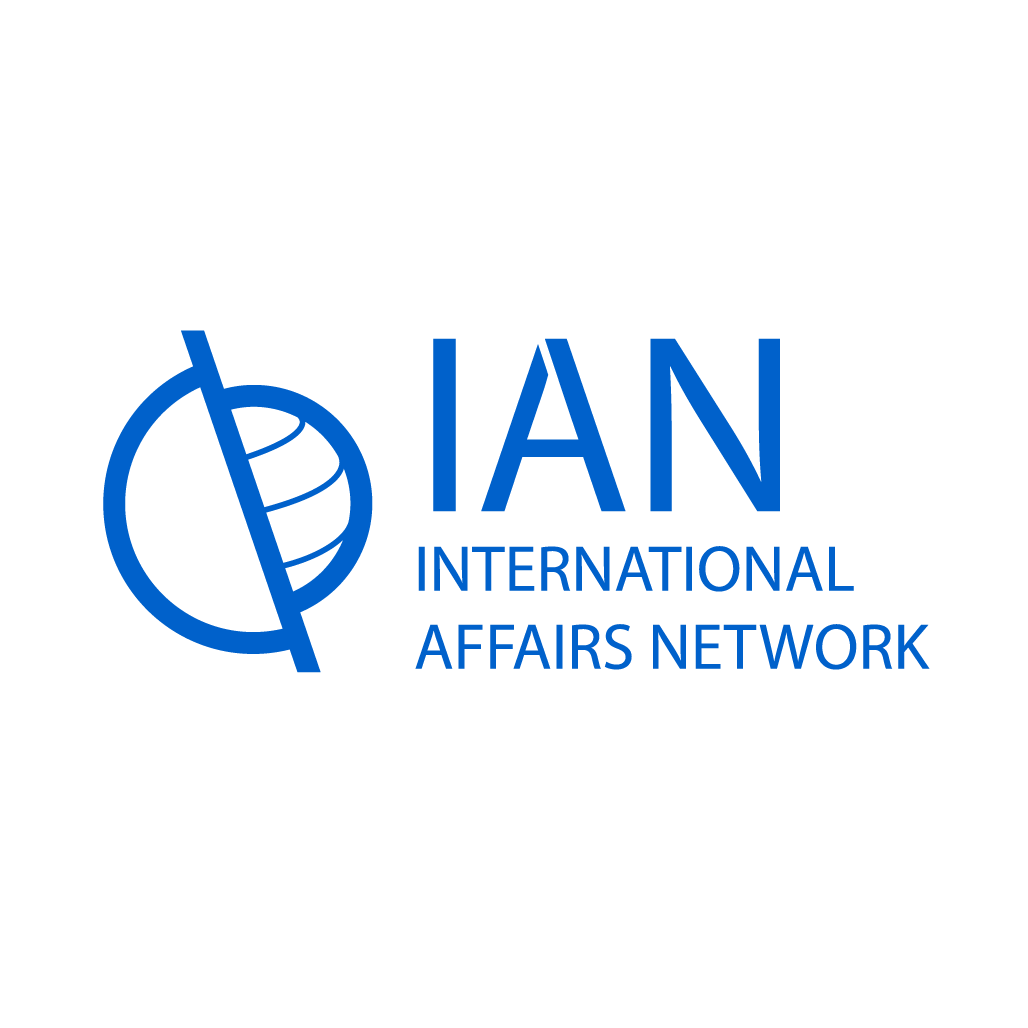Trump’s latest move against Huawei is a pyrrhic victory in the race for AI supremacy. Here’s Why.
May 16th 2020. The Financial Times reported that the Trump Administration has ramped up pressure on Chinese telecoms company, Huawei, by tightening the export controls for US companies providing them with semiconductor technology. “We must amend our rules being exploited by Huawei … and prevent US technologies from enabling malign activities contrary to US national security” was the statement from US commerce secretary, Wilbur Ross1.On the same day, Bloomberg report Trump’s “whiplash” had sent the chipmaking industry into a spin. Yet domestic hopes had been raised by Taiwan Semiconductor Manufacturing Co’s (TSMC) announcement that it would be building a $12 Billion manufacturing plant in Arizona, which would allow US companies to bypass export restrictions that have been hampering trade with TSMC – who are presently the world’s largest chipmaking company2.Indicative of Trump’s paradoxically consistent policy incoherence, his slight to China and jab to US manufacturers in the advanced materials sector seemingly applies the stick to all parties. That aside, the short-term political capital the Administration perceives itself to be gained from its botched brinkmanship misses the point. In the past five years the Chinese government has augmented two flagship strategies: Made in China 2025 and AI 2030. Together, they embody China’s technological aspirations. Supremacy in advanced manufacturing and AI products is the goal. To do so they need to onshore key component industries, so taking the trade fight to China over semiconductor (computer processing “chips” in lay terms) technology is a serious medium to long-term miscalculation. Here’s why:
It has long since been acknowledged that China lags behind its international competitors in the development of semiconductor technology. In America, Europe and Taiwan – to name just three locations – there are a spree of household names in this area: Qualcomm, NXP, TSMC. In the race for AI supremacy, semiconductors are perhaps the single most important component in computer hardware. The ability of data scientists to train algorithms that underpin neural-network AI systems and quantum computers depend upon the speed and processing capacity of the hardware’s semiconductor chips. To this end, the Chinese government and China’s companies – both state-owned and private – have established strategies for domesticating the chipmaking capability they currently lack vis-à-vis international competitors.
Chinese enterprise took the early initiative in line with the “going out” policy, inaugurated as early as 1999, that actively encouraged outward foreign direct investment (OFDI). In the last decade, Chinese companies have pursued foreign acquisitions much more aggressively with the total Chinese OFDI in Europe alone reaching €155.8 Billion between 2011 and 2019. The process has seen major European and American semiconductor manufacturers come under Chinese control. The landmark $27.5 Billion acquisition of the Dutch company, NXP Semiconductors, in 2017 is a strong signal of their activity in this area.
Knowledge accumulation has been an important factor in the process. Huawei recently have opted for a different access point to acquisition, instead electing to enter into an R&D collaboration with French-Italian manufacturer, STMicroelectronics, to design advanced chips not only for its mobile devices but also for its foray into the autonomous vehicles market – a core constituent of the AI 2030 strategy. Other investors have inverted the process as in the case of Canyon Bridge who purchased UK AI & Chipmaking specialists, Imagination Technologies, and have since established a collaborative teaching project between the company and Peking University.Domestically, the Chinese government has implemented an instrument that is now typical of Chinese investment strategy. The pithily titled National Integrated Circuit Industry Investment Fund (NICIIF) is a fund with the sole purpose of furthering their chipmaking ambitions. Created by the China Development Bank Capital, its official trading name is Sino IC Capital Ltd. The Fund’s purview extends to investment in all areas of integrated circuit manufacturing from design and materials procurement to packaging and sales.
Perhaps the most significant contribution the Fund makes to the domestic industry is the facilitation and consolidation of production ecosystem required to onshore manufacturing at all stages in the value chain. After raising $9Billion in funding in 2014, the Chinese state made an investment into 3D-NAND storage units that hold the data fuel for the semiconductors. Two years later, the NICIIF helped to establish Yangtze Memory Technologies Co. Ltd (YMTC). By the third quarter of 2019 YMTC was mass producing market competitive 64-layer 3D-NAND flash memory units.
In October 2019 – the same month that the Yangtze Memory Technologies shifted into mass production – it was announced that a further $29 Billion in funding had been raised by the Chinese State, the China Development Bank and various State-Owned Enterprises (SOEs)3. Once again, the key stakeholders declared their commitment to accelerating China’s domestic dynamism and creativity in the sector as well as scale, with the NICIIF directing the allocation of resources.
All of this speaks volumes towards the scale of China’s technological ambitions, the bewildering pace with which it can deploy resources, and the astonishing weight of the resources themselves. In light of this, Trump’s most recent escalation of trade tensions seems not only short-sighted but in the long term, futile. Favouring instant gratification and domestic political capital (of which in reality the President is likely to gain neither), the Trump administration has inadvertently pushed their Chinese counterparts to accelerate timelines for the wholesale domestication of semiconductor manufacturing. This will only enliven the race for AI supremacy and diminish the competitive advantage many US manufacturers currently hold.
In an industry worth $200 Billion in exports from the US to China, it seems clear who the likely loser is in the long run.
1James Politi and Kiran Stacey, ’US rachets up Huawei tensions’, The Financial Times, Saturday 16th May 2020, p. 1.
2Ian King, ‘Trump’s whiplash on China leaves chip industry spinning’, Bloomberg, 16th May 2020, accessed 16th May 2020 – https://www.bloomberg.com/news/articles/2020-05-16/trump-s-whiplash-on-china-leaves-chip-industry-spinning?srnd=premium-asia&utm_source=facebook&utm_content=btechnology&cmpid=socialflow-facebook-btechnology&utm_campaign=socialflow-organic&utm_medium=social&fbclid=IwAR1lOW_Y4y6aHzzu9qrk2wPQAuBkBmfuWJzGCKszlqxgVW2ro7mPLgOqGJM
3Wei Sheng, ‘China’s second chip-focused “Big Fund” raises $29 billion’, Technode, October 28th 2019, accessed May 20th 2020 – https://technode.com/2019/10/28/chinas-new-chip-focused-big-fund-raises-rmb-204-billion/











